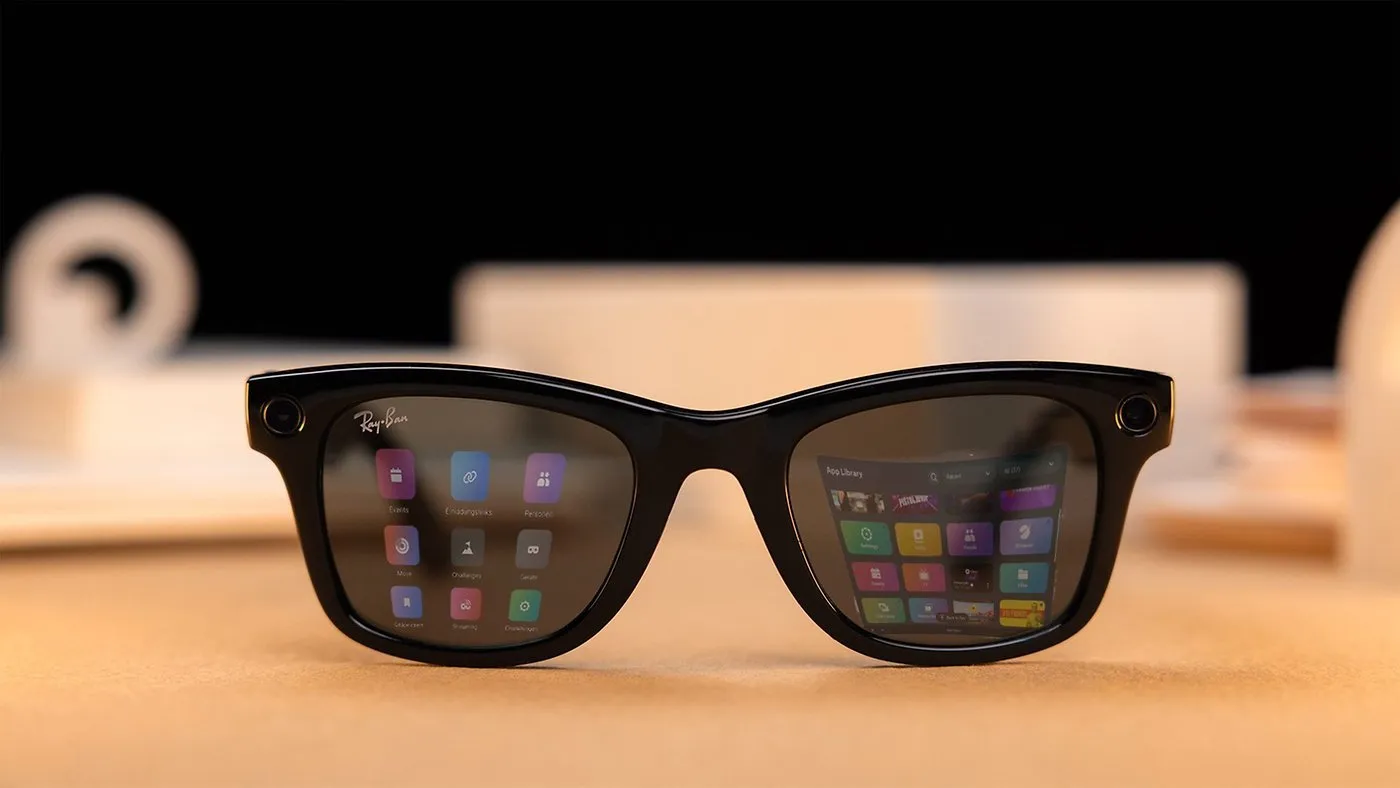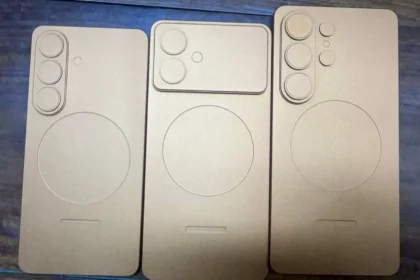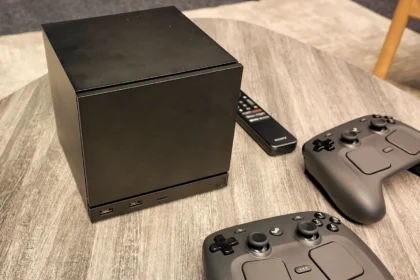Two gadget-stories are drawing attention today. Meta has leaked more details about its upcoming smart glasses lineupfocusing on lighter frames, better battery life, and more immersive displays. Meanwhile, MediaTek has confirmed it’s unveiling a new flagship chipset built on a 3 nm process node, stepping up the game in performance and power efficiency. The result? We may be on the cusp of a leap forward for wearables and smartphones. (via Android Central; Android Central)
Meta’s Smart Glasses: What’s New
The next generation of Meta smart glasses is reportedly going to address two of the biggest user complaints: battery life and comfort. Sources say the new models will have slimmer frames and lighter lenses, more efficient displays, and upgraded optical tech to reduce eye strain. Also in the mix: upgraded gesture controls and AI overlay features think contextual notifications, navigation hints, and real‐time translation. The challenge remains balancing style with utility; wearables fatigue happens fast when gadgets are bulky or drain battery too quickly. (Android Central)
MediaTek’s 3 nm Confirmation & What It Means
MediaTek recently confirmed that its next flagship chipset presumed to be “Dimensity 9500” or similarly branded will use a 3 nm fabrication node, likely via TSMC. The promises are higher power efficiency (meaning better battery life), higher performance, and more headroom for AI-accelerated tasks on phones. Rumored architectures include strong single-core performance plus more efficient cores for everything else: camera processing, AI inference, and multitasking. This is essential if phones are expected to do even more (AR, always-on AI assistants, etc.) without burning through battery. (Android Central)
Why These Two Move Together Matter
What’s interesting is the overlap. Smart glasses benefit hugely from power-efficient chips lighter displays, fewer battery drains, better heat dissipation. Meanwhile, chip advances unlock new capabilities not just for phones, but for all wearable & consumer devices glasses, earbuds, fitness trackers, AR/VR headsets. So Meta’s hardware upgrades + MediaTek’s chip roadmap reinforce each other and suggest a near-future where wearables are smarter, sleeker, and less battery torture devices.
Challenges: What Could Hold These Back
Even with strong tech, there are real hurdles:
- Manufacturing cost & yield: 3 nm process is difficult to perfect and expensive, which may drive up device costs or delay availability.
- Thermal & display trade-offs: Shrinking battery or improving frame design sometimes means compromises in brightness or heat management.
- Software & developer support: AI features & overlays in glasses need reliable apps, low latency, and well-integrated UX not just hardware specs.
- Regulatory & user acceptance: Smart glasses raise privacy concerns (cameras, always-listening sensors). Users need to trust them, which requires clear policies and safeguards.
What to Watch Next
Key signs to observe over the next few weeks / months:
- Meta’s official announcement date & pricing for the smart glasses.
- Benchmarks for the MediaTek 3 nm chip how they perform vs competitors (Qualcomm, Apple, etc.).
- Realworld battery life tests on both smart glasses and phones using that chip.
- User reviews focusing on comfort, display clarity, weight, and how seamless gesture/AI overlays feel.
- How early adopters in EU/US handle privacy & regulatory pushback (local laws regarding cameras, data, etc.).
My Take
We’re edging closer to wearable tech that feels like less of a burden and more of a companion. Advances in chips matter they’re the unsung heroes of everything from battery life to display fluidity. If Meta nails both style and substance, smart glasses could finally cross from novelty to everyday accessory. And MediaTek 3 nm chips will push mid-to-high-end phones forward in visible ways. But unless both the hardware and software layer work beautifully together including addressing privacy and usability many of these gadgets will still feel like tech aspirational rather than tech essential.






